Order Caprimulgiformes Higher classification Caprimulgus | Phylum Chordata Family Caprimulgidae Scientific name Caprimulgus atripennis Rank Species | |
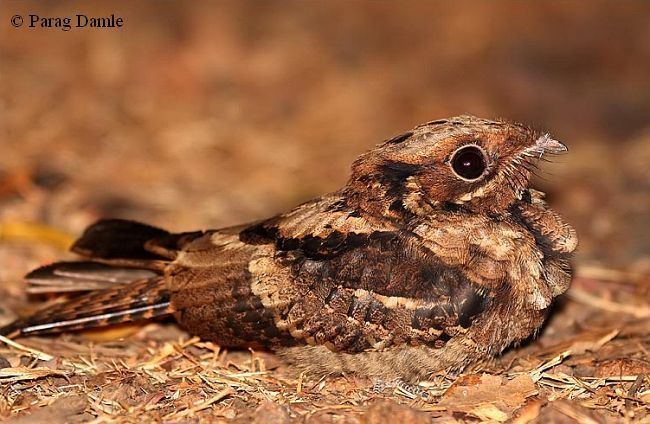 | ||
Similar Nightjar, Bird, Bates's nightjar, Caprimulgus, Indian nightjar | ||
16 3 afternoon drive part 1 jerdon s nightjar
Jerdon's nightjar (Caprimulgus atripennis) is a medium-sized nightjar species which is found in southern India and Sri Lanka. Formerly considered as a subspecies of the long-tailed nightjar it is best recognized by its distinctive call. The common name commemorates the surgeon-naturalist Thomas C. Jerdon who described the species although it was also referred to in the past as the Ghat nightjar on account of its habitat.
Contents
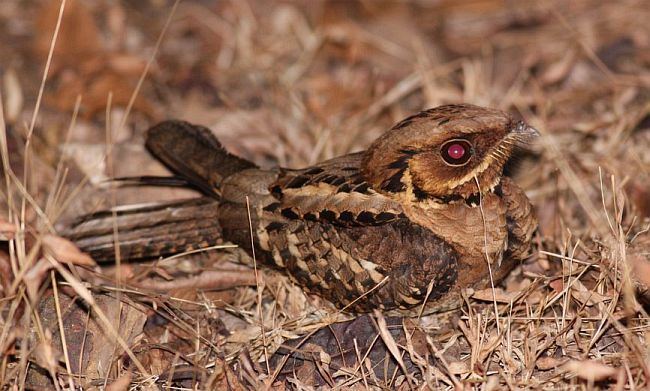
Taxonomy
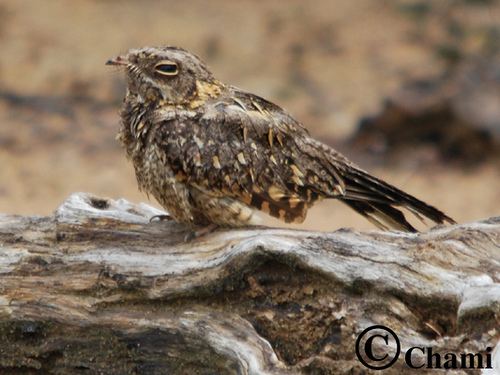
Thomas C. Jerdon first described this species in an annotation to his 1845 treatment of the jungle nightjar (C. indicus) in the Illustrations of Indian ornithology. Subsequently, it was sometimes lumped again with C. macrurus, but the co-occurrence of this form and large-tailed nightjar C. macrurus without interbreeding in the northeast of the Indian peninsula was noted in 1987 suggesting their distinctness. It has since been reaffirmed by studies on vocalization and considered a full species. The subspecies in Sri Lanka is C. a. aequabilis. Jerdon's type locality mentioned as Ghauts has been considered to be the Eastern Ghats west of Nellore.
Description
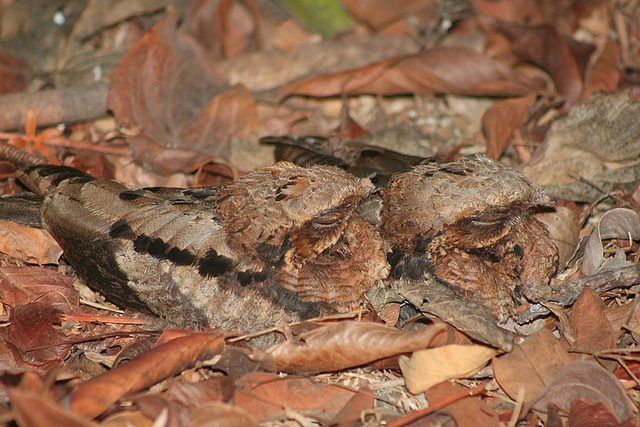
Like other nightjars, it has a wide gape, long wings, soft downy plumage and nocturnal habits. At 26 cm in overall length, it is almost a head's length larger than the Indian nightjar (C. asiaticus), and differs from that species in its barred tail, rufous rear neck, and wing bars. The male has a white patch on each wing. Otherwise, their cryptic plumage is mainly variegated buff and brown, as typical for the dark tropical woodland nightjars. This has an unbroken white gorget like the long-tailed nightjar but the tail is shorter. The Sri Lankan aequabilis is slightly smaller and darker.
Its typical call is a fast repetitive ch-woo-woo. Another call is said to be a frog-like croak.
Ecology
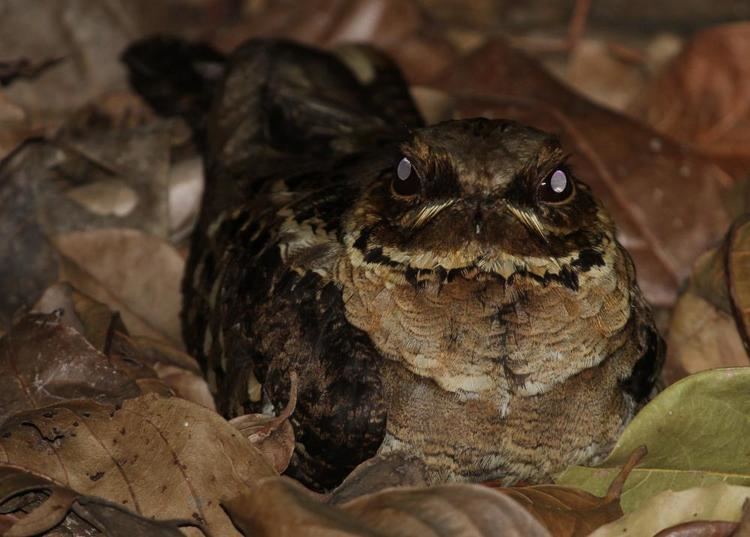
Open woodland, scrub, and cultivation is the habitat of this nocturnal bird. It flies after sundown with an easy, silent fluttering flight, appearing a bit like an outsized moth at a casual glance. During the day, Jerdon's nightjar lies silent upon the ground, concealed by its plumage; it is then difficult to detect, blending in with the soil.
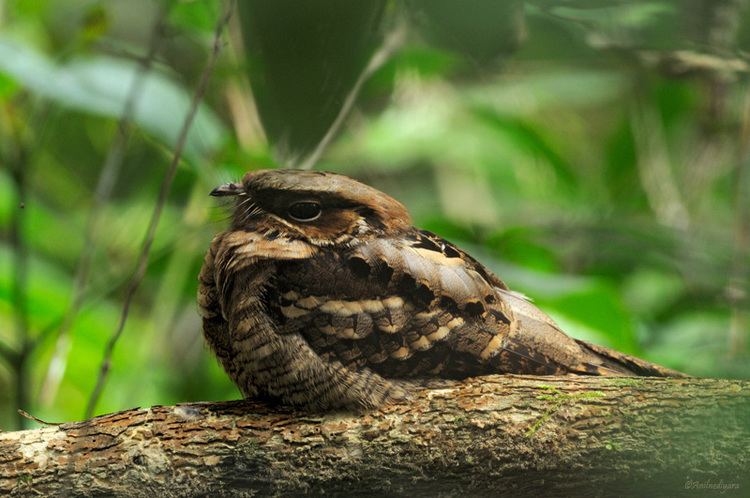
Nocturnal insects, such as moths, are its food. Unlike the Indian nightjar (C. asiaticus), this species rarely rests on roads during the night, preferring to alight on bushes. This makes it harder to spot, since it is not so readily seen in vehicle headlights. It however roosts on the ground although calling from the trees.
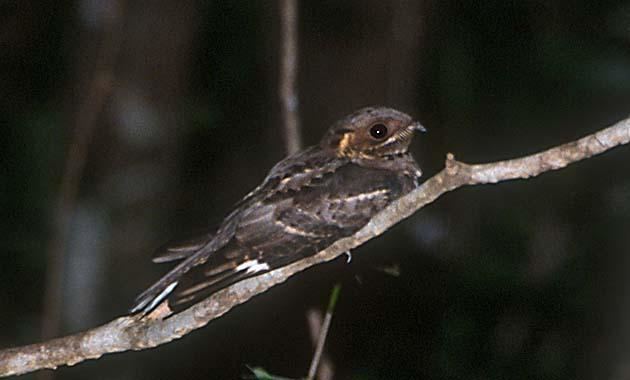
The breeding season is March to July in India and February to May in Sri Lanka. No nest is made; the two marbled eggs are placed upon the bare ground. The brooding bird, covering them closely with its camouflage plumage, is their best protection. The chicks can crawl away from the nest soon after hatching and hide among leaves when alarmed.
A widely distributed bird found in habitats that are not under threat, it is not considered a threatened species by the IUCN.
